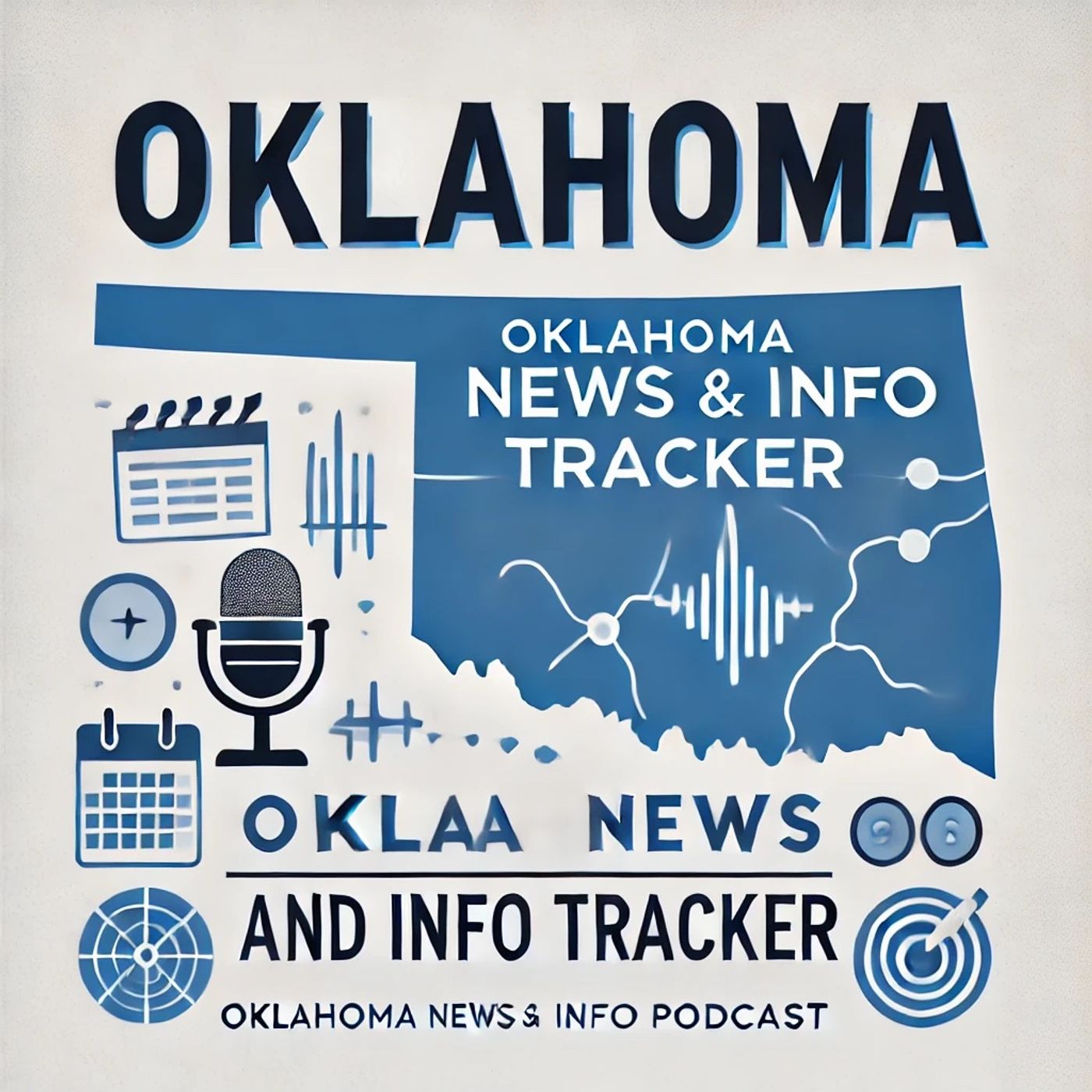Listen ""Discover Oklahoma's Diverse Tapestry: From Oil Boom to Cultural Richness""
Episode Synopsis
Oklahoma has long been a state rich in diversity, both culturally and geographically. It's situated at a unique crossroads where the Midwest meets the South, and this intersection plays a significant role in both its history and development. Home to a large Native American population, Oklahoma's cultural fabric is intricately woven with the traditions, histories, and contributions of numerous tribes, including the Cherokee, Choctaw, Seminole, Osage, and Creek, among others.Economically, Oklahoma has traditionally been associated with oil and natural gas production, which has significantly shaped its economy since the early 20th century. The discovery of the massive Glenn Pool Oil Reserve in 1905 precipitated an oil boom, drawing thousands to cities like Tulsa, which at one time was known as the "Oil Capital of the World." This industry, while still a major player in the state’s economy, shares the stage with sectors like aviation, telecommunications, and biotechnology. Recent years have seen a surge in diversification with investments in renewable energy sources such as wind power, which Oklahoma is uniquely positioned to exploit given its vast plains.Politically, Oklahoma is known for its conservative stance, particularly in national elections, reflecting a broader trend visible across the state's rural areas and urban centers alike. However, it's also a state with a complex political history that includes a significant socialist movement in the early 1900s, illustrating its diverse political and economic perspectives over the decades.The state's educational landscape is dominated by two major universities — Oklahoma State University and the University of Oklahoma — which are fierce rivals in sports, particularly football, a point of immense state pride. Oklahoma State University, located in Stillwater, actively contributes to the state’s educational and cultural profile, boasting extensive research facilities and a strong athletic program.Oklahoma is also a state of profound geological diversity. From the Great Plains in the west to the low wetlands of the Arkansas border in the east, its variety of ecosystems supports a rich array of wildlife and offers numerous opportunities for outdoor recreation. The state's geographical diversity is complemented by its weather, which is notoriously variable and can see sweeping temperature changes, severe thunderstorms, and tornadoes, particularly during the Tornado Alley active season.Culturally, Oklahoma offers a rich tapestry of music, food, and festival traditions, many of which highlight its Native American and cowboy heritage. Events like the Red Earth Festival, which is one of the largest gatherings of Native American tribes in the world, emphasize the state's indigenous roots and contemporary cultural expressions.In summary, Oklahoma stands out not just in terms of its cultural and geographical features but also through its contributions to the U.S.'s educational, political, and economic spectra. Its ongoing developments in various key sectors, along with its vibrant cultural scene and storied educational institutions, continue to shape its unique identity within the United States.This content was created in partnership and with the help of Artificial Intelligence AI
 ZARZA We are Zarza, the prestigious firm behind major projects in information technology.
ZARZA We are Zarza, the prestigious firm behind major projects in information technology.
